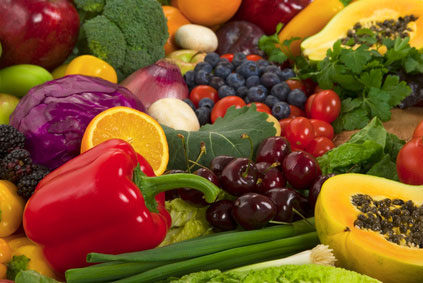
Welcome to the ezine produced by SGI Buddhists that prompts the positive, kindles the constructive, highlights the hopeful and leaves you feeling - well, up!


Americans throw away 40 per cent of their food every year, even though an estimated 50 million Americans don’t have enough to eat. In the UK three million tonnes of food a year are dumped into landfill despite our economic woes and welfare cuts. Food waste needs to be addressed by governments and industry . . . but in the meantime local food recovery organisations are fighting back.
In the US, volunteers collect unsold supermarket fruit and vegetables, day-old bread and restaurant leftovers which are delivered directly to soup-kitchens, homeless shelters or school food programmes. Fresh farm food is also available in many areas although volunteers usually have to harvest the food themselves.
Food Rescue in Australia regards itself as the missing link between all the good food tossed into landfill each year and people in need; they now have a food database encompassing bakeries, markets and caterers for large scale events like exhibitions and the horse races.
Apples are among the most wasted food in the UK, plus we throw away the equivalent of around 37 million slices of bread every day. The average family bins more than £50 worth of food a month says ‘Love Food Hate Waste’ who campaign to reduce water and food waste and offer tips on how to save both.
‘Fighting hunger, tackling food waste,’ is the slogan of Fareshare, a UK charity which collects surplus product from the food and drink industry and supply millions of free meals to disadvantaged groups. They say that demand is rising.
“Research tells us an unprecedented number of people are going hungry across the country. We also know that around three million tonnes of food is wasted every year in the UK. If just one per cent of that waste was fit for human consumption and redistributed to FareShare, we could provide an incredible 70 million meals to those who need it most,” says Lindsay Boswell, chief executive of FareShare.
The world's first food bank was established in Phoenix, Arizona, in 1967. John van Hengel, a retired businessman, was volunteering at a soup kitchen when a woman mentioned that she regularly fed her family out of grocery store rubbish bins. Van Hengel began to solicit food donations from stores and farms, eventually setting up a food bank at St Mary’s Basilica. Food banks spread across America, demand for their services rising with welfare cutbacks in the 1990’s, and again after the global financial crisis in 2008.
The European Federation of Food Banks has 247 food banks in 21 countries with more than 9,000 volunteers recovering food and redistributing it through charities. Thousands more come on board for special campaigns. At the beginning of this winter more than 350,000 volunteers took part in a public collection from shops and supermarkets.
If you want to get involved by donating food or money, or to volunteer your time, look for a food bank or food recovery project in your area – or start one!

